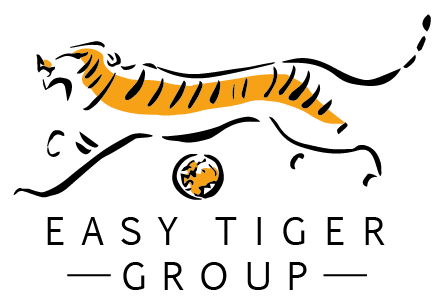The global gender gap scores in 2023 for all 146 countries included in this edition stands at 68.4% closed. Considering the constant sample of 145 countries covered in both the 2022 and 2023 editions in Global Gender Gap reports, the overall score changed from 68.1% to 68.4%, an improvement of 0.3 percentage points compared to last year’s edition. When considering the 102 countries covered continuously from 2006 to 2023, the gap is 68.6% closed in 2023, recovering to the level reported in the 2020 edition and advancing by a modest 4.1 percentage points since the first edition of the report in 2006. According to the 2023 Global Gender Gap Index no country has yet achieved full gender parity.
Boosting female roles in society and the economy is key. Designing supportive policies and access to finance drive women’s empowerment in the Middle East. Increased female participation in professional and technical jobs can turbocharge economic growth in a region that will be significantly affected by the Fourth Industrial Revolution—making their participation all the more critical.
Here’s an overview of women’s participation in the workforce in the Middle East, reflecting recent trends, problems, and the shifting landscape:
- Low Participation Rates: Women’s participation in the Middle East’s labour force remains low, with only about 19% of the labour force being women. This varies by country, with some nations like Qatar and the UAE having higher rates due to more progressive policies, while others like Egypt and Jordan have significantly lower rates.
- Barriers to Employment: Several barriers hinder women’s economic participation in the region:
– Educational Access: In some areas, limited access to education for women restricts their employment opportunities.
– Domestic Responsibilities: Cultural expectations often place the burden of household and caregiving duties on women, limiting their availability for paid work.
– Lack of Social Networks and Capital: Women often face challenges in building professional networks and accessing financial resources, which are crucial for starting businesses or advancing in careers.
– Cultural and Social Norms: Deep-seated cultural beliefs may discourage women from entering the workforce or aspiring for entrepreneurial ventures.
- Changing Dynamics and New Approaches:
– Educational Reforms and Increased Literacy: Efforts to improve education and increase female literacy rates are ongoing, which could gradually empower more women to join the workforce.
– Policy Initiatives: Some countries in the region have implemented national strategies for gender equality to improve women’s participation in the workforce. These include efforts to integrate women into various sectors like healthcare, education, and public administration, which traditionally employ a higher percentage of women.
– Economic Incentives: Increasing women’s employment could boost the GDP significantly. For example, it’s estimated that enhancing female employment could increase the GDP in the MENA region by 57%, amounting to as much as $2 trillion.
– Support for Work-Life Balance: Addressing the “expectations vs. reality” gap that young women face regarding employer support for work-life balance and training opportunities is crucial. Promoting policies that support family care and personal well-being can help retain more women in the workforce.
These evolving dynamics illustrate a gradual, albeit slow, shift towards greater economic involvement of women in the Middle East, spurred by both economic needs and progressive policy changes.
Highlighting few initiatives:
In recent news, Mastercard and Women Choice have expanded their partnership to launch two programs—ImpactHer and EmpowerHer—aimed at supporting women entrepreneurs in the Middle East and Africa. Women Choice, an international organization dedicated to advancing women’s personal and professional development, initiated the pilot cohort in 2023. The subsequent cohorts, participating in the new programs this year, aspire to impact 50,000 women.
Mastercard has consistently championed women’s access to digital tools, training, mentorship, and networking platforms. Their collaboration with Women Choice takes this commitment further by providing resources and growth opportunities. The overarching goal is to create 1 million employment opportunities for women by 2030.
These programs offer comprehensive support, including training and mentorship, to women entrepreneurs. By empowering them, the initiative aims to create employment opportunities for other women within their chosen fields. It’s a significant step toward fostering economic empowerment and gender equality.
Conclusion:
As the Middle East continues to navigate the complexities of gender inequality in the workforce, it is clear that progress, while slow, is ongoing. Education reforms, national gender equality strategies, and greater economic incentives are contributing to a gradual increase in women’s participation in economic activities. These efforts not only aim to address the immediate barriers faced by women but also pave the way for a more inclusive economic future. By continuing to promote policies that support work-life balance, provide educational opportunities, and dismantle traditional barriers, the region can unlock the full potential of its workforce and foster a more diverse and dynamic economic landscape. Such changes are not only crucial for the empowerment of women but also for the broader economic health of the Middle East, promising a more equitable and prosperous future.

